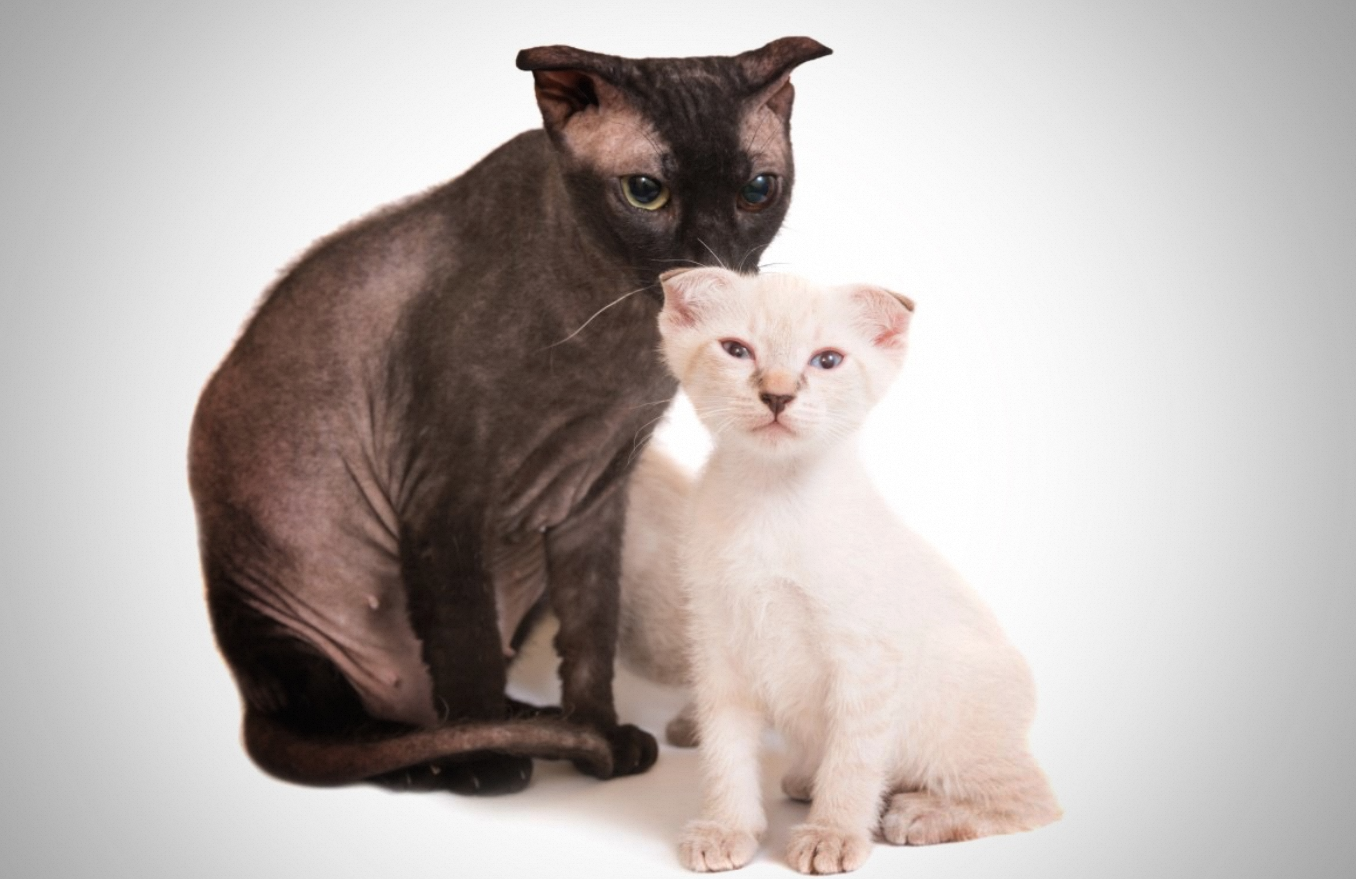In This Article
Does hairless cats have hypoallergenicity?
Although all cats produce allergens in hair, saliva, and urine in the United States, some breeds (commonly referred to as “hypoallergenic cats”) produce lower levels of allergenic proteins. There is no such thing as a completely hypoallergenic cat, but certain breeds of cats may be more suitable for those who sneeze and itch around the cat.
Is hairless cats really a blessing for allergic individuals?
Previously, many people believed that the emergence of Canadian hairless cats was a blessing for cat lovers who were allergic to cats to meet their cat needs. However, in the actual breeding process, it was found that only a very small number of allergic individuals can tolerate Canadian hairless cats, but there are still a large number of allergic individuals who still have allergic reactions, and some people are more severe than ordinary cats.
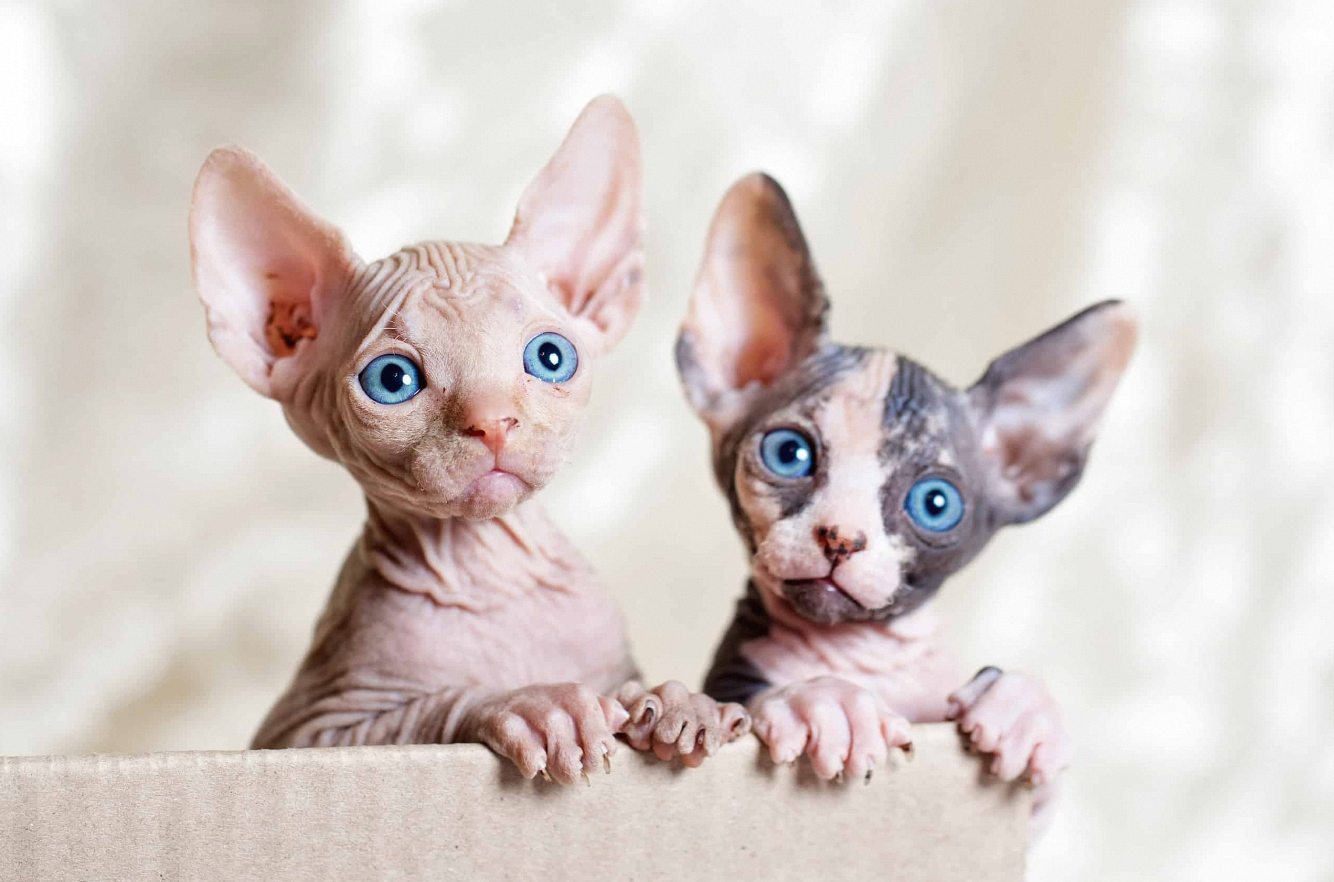 This is because the phenomenon of cat allergy is mostly caused by a protein called Fel d1, rather than the cat hair itself. Fel d1 allergens are proteins found in the cat’s saliva and sebaceous glands. So ordinary cats also have long hair to isolate sebaceous glands and dandruff, while Canadian hairless cats are equivalent to humans coming into direct contact with their skin, so they are more likely to cause allergies.
This is because the phenomenon of cat allergy is mostly caused by a protein called Fel d1, rather than the cat hair itself. Fel d1 allergens are proteins found in the cat’s saliva and sebaceous glands. So ordinary cats also have long hair to isolate sebaceous glands and dandruff, while Canadian hairless cats are equivalent to humans coming into direct contact with their skin, so they are more likely to cause allergies.
David Rosenstreich, a PhD in Allergy and Immunology from Albert Einstein School of Medicine in the United States, studied cases of individuals who were originally allergic but became desensitized after raising hairless cats. He believed that many of them had mild allergies and developed a positive attitude of “I can finally raise a cat”, which achieved the effect of desensitization.
Cat breeds for Allergy Sufferers
Bengal
When you see a Bengal cat, you might mistake them for a miniature leopard—and you wouldn’t be far wrong. “The Bengal cat is a beautiful hybrid breed, somewhere between a domestic shorthair cat and an Asian leopard cat,” says Jennifer Frione, DVM, owner of Lakeside Animal Hospital in Plantation, Florida. Cats of this breed can live about 12-16 years and can stay with you for a long time. Compared with other breeds of cats, they are a healthy breed.
Bengal cats often like to do things they are not supposed to do. You can often see interesting or comical actions in them because they have great curiosity and they are very smart. They like to play with water and interact with their owners to play various games.
Any animal needs to ensure that it gets enough exercise, otherwise it will have destructive behavior. Take them to run and play frequently.
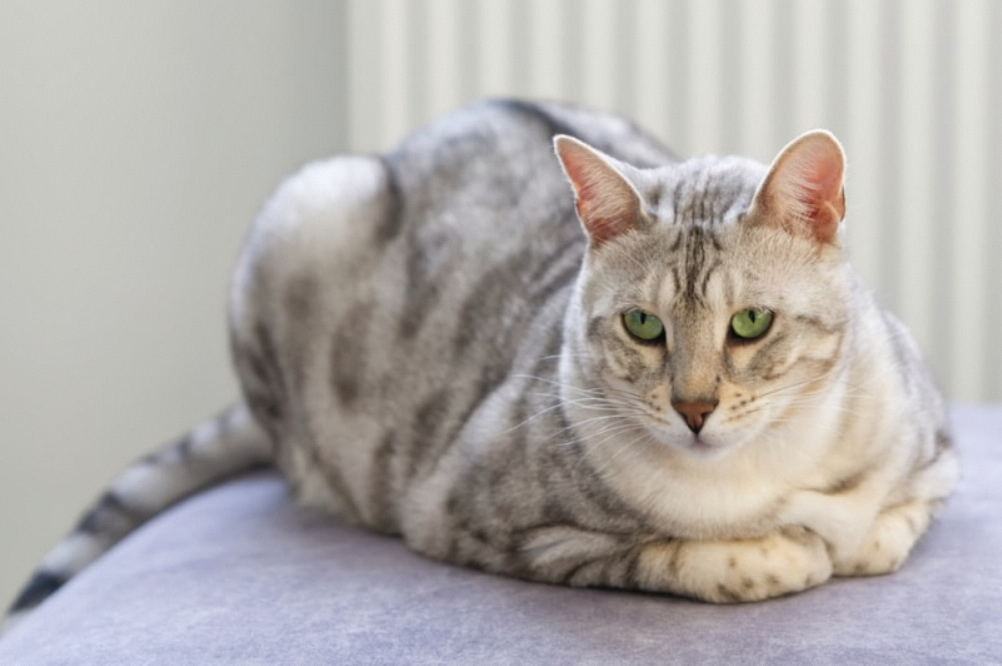 Bengal tigers look like leopards, with a layer of short fur that glows in the sun. They also don’t shed a lot, and they require very little grooming beyond normal cat care. This makes them a potential choice for people with mild allergies.
Bengal tigers look like leopards, with a layer of short fur that glows in the sun. They also don’t shed a lot, and they require very little grooming beyond normal cat care. This makes them a potential choice for people with mild allergies.
Oriental Shorthair
The Eastern Shorthair Cat can come in various colors such as white, reddish brown, chocolate, and pure black, and is very diverse. Many experts are studying how to cultivate more colors of the Eastern Shorthair Cat. It has a noble and elegant appearance, and is listed as one of the “rare and famous cat breeds in the world”. It has aroused strong interest from foreign cat slaves, and no wonder it will gradually rise in recent years, becoming an active super compact breed cat in the community!
When you see the Oriental Shorthair Cat, you will definitely be attracted to its large ears at first glance. These unique ears inevitably remind you of the family elf “Dobby” in Harry Potter. Apart from the ears, the head of the Oriental Shorthair Cat roughly presents an inverted equilateral triangle, with a slender and slender body shape.
Siberian
Siberian cats are covered with a long coat and even have a thick collar of hair around their neck. Their outer guard hair is hard, smooth and greasy, and their undercoat is dense and thick, and they are huge, weighing upwards of 9 kilograms, making them one of the largest cat breeds.
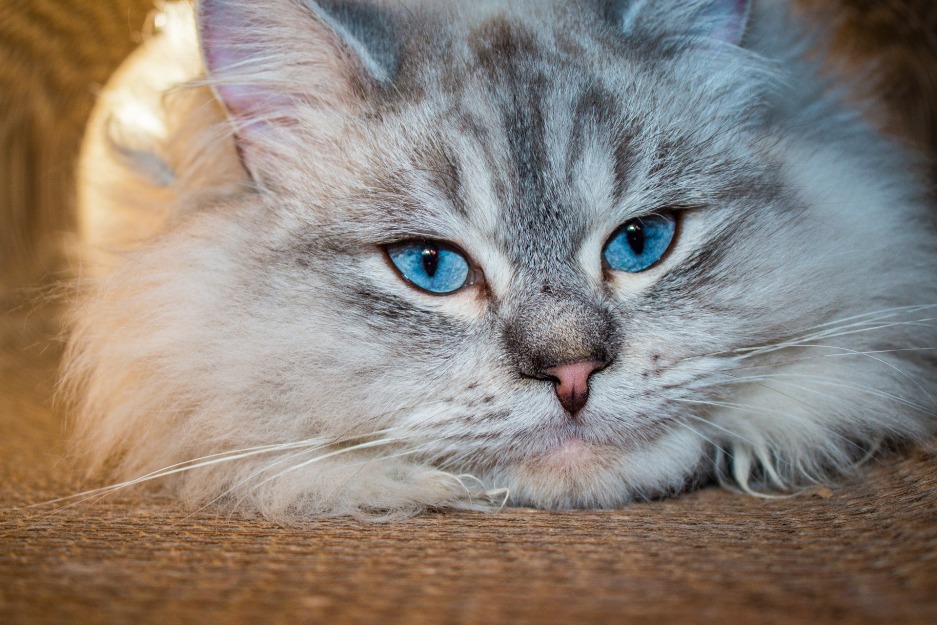 Siberian cats need a lot of grooming and cleaning. Occasional bathing will help the loose fur to shed and remove dust and dander from the coat. Trim nails regularly and check ears for dirt and debris.Cats have a strong ability to clean themselves by licking their fur, and at the same time, the alcohols in their fur can synthesize vitamin D under the ultraviolet rays of the sun, and cats can absorb additional nutrients when they lick their fur. If you bathe your cat regularly, you may instead damage the skin barrier and affect your cat’s intake of vitamin D.
Siberian cats need a lot of grooming and cleaning. Occasional bathing will help the loose fur to shed and remove dust and dander from the coat. Trim nails regularly and check ears for dirt and debris.Cats have a strong ability to clean themselves by licking their fur, and at the same time, the alcohols in their fur can synthesize vitamin D under the ultraviolet rays of the sun, and cats can absorb additional nutrients when they lick their fur. If you bathe your cat regularly, you may instead damage the skin barrier and affect your cat’s intake of vitamin D.
Sphynx
Originating in Toronto (not ancient Egypt) in 1966, the Sphynx cat differs from other cats in appearance and personality. The first furrowed kitten was named “prune” – which is natural – as a result of a genetic mutation.
Some people say that Sphynx is one of the few; Some people also say they are curious like dogs. Regardless of the method, preparing your home for Sphynx kittens requires a small amount of cat protection measures and many places to rest, climb, and scratch.
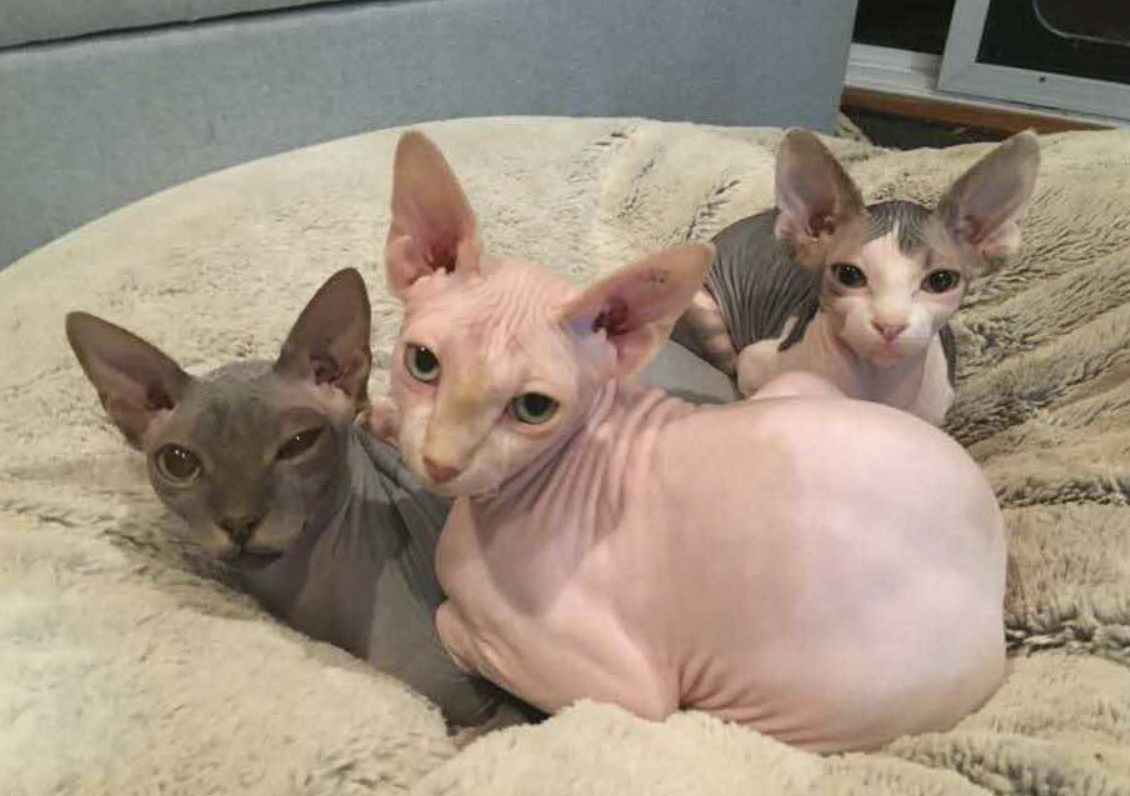 Although Sphynx doesn’t have much fur, they require a lot of special care and maintenance, especially on the skin and ears. It’s a good idea to ensure that you have enough time in your schedule to specifically shower your cat and consider pet insurance.
Although Sphynx doesn’t have much fur, they require a lot of special care and maintenance, especially on the skin and ears. It’s a good idea to ensure that you have enough time in your schedule to specifically shower your cat and consider pet insurance.
Compared to other breeds of cats, Sphynx cats have a unique hypoallergenicity: they are almost naked. Sphynx cats may be completely bald or have a thin layer of peach fur, but they produce fewer allergens than many furry breeds. But having no hair doesn’t mean they don’t need to comb – to keep their skin healthy and oil-free, they need regular maintenance.
Russian Blue
This variety comes from Russia, yes, they are actually blue! Although the color of the hair may appear gray, blue is a specialized term used to describe certain colors of cats (and some dogs!). The emblem of the Russian blue cat is shiny blue fur with silver castings. Perhaps more eye-catching than Russian blue cat fur is her large and nearly circular, wide eyed, emerald green eyes. The shape of the head and face gives the Russian blue cat a charming expression, making it look like it will always smile. Without a doubt, Russian Blue is one of the most beautiful cats in the world!
The short and dense plush hair of Russian blue cats is very easy to care for, and can be groomed occasionally. Surprisingly, the hair of Russian blue cats is not easily shed, and occasional grooming makes the hair soft and silky. Regularly trim the nails of Russian blue cats and check for dirt and debris in the ears every week. If you see some debris on your ears, please use pet ear cleaner and wipe with a cotton ball (never a cotton swab). If your ears appear inflamed or too dirty, or if your Russian blue cat shakes its head or scratches its ears, please contact your veterinarian to arrange for examination.
 Russian blue cats often appear on the list of “hypoallergenic” cat breeds. Although no cat breed really does not cause allergies, it seems that some allergic patients can successfully live with certain cat breeds, including the Russian blue cat. People who are allergic to cats are very sensitive to a protein called Feld1, which is present in cat skin cells (as well as in cat hair and saliva and urine). It has not yet been scientifically proven, but it seems that some cat breeds, including the Russian blue cat, naturally produce less dander than other cats. People with mild allergies may be able to comfortably interact with Russian blue cats. Of course, since the situation of each cat and individual is different, the specific outcome depends on the situation.
Russian blue cats often appear on the list of “hypoallergenic” cat breeds. Although no cat breed really does not cause allergies, it seems that some allergic patients can successfully live with certain cat breeds, including the Russian blue cat. People who are allergic to cats are very sensitive to a protein called Feld1, which is present in cat skin cells (as well as in cat hair and saliva and urine). It has not yet been scientifically proven, but it seems that some cat breeds, including the Russian blue cat, naturally produce less dander than other cats. People with mild allergies may be able to comfortably interact with Russian blue cats. Of course, since the situation of each cat and individual is different, the specific outcome depends on the situation.
When raising a cat, please pay attention to hygiene and cleanliness. Maintaining good hygiene is beneficial to the safety of people and cats. You may need to pay attention to the following points to avoid cross-infection between cats in a multi-cat household.
- When cleaning your cat, you can choose specialized cleaning products (usually sold in pet stores).
- Disinfectant products used by humans, such as 84, are not good for cats, so try not to use them on cats.
- Pay special attention to the area around the litter box when cleaning, and clean the litter box when replacing it. You can wash it with hot soapy water or cat-specific cleaning supplies.
